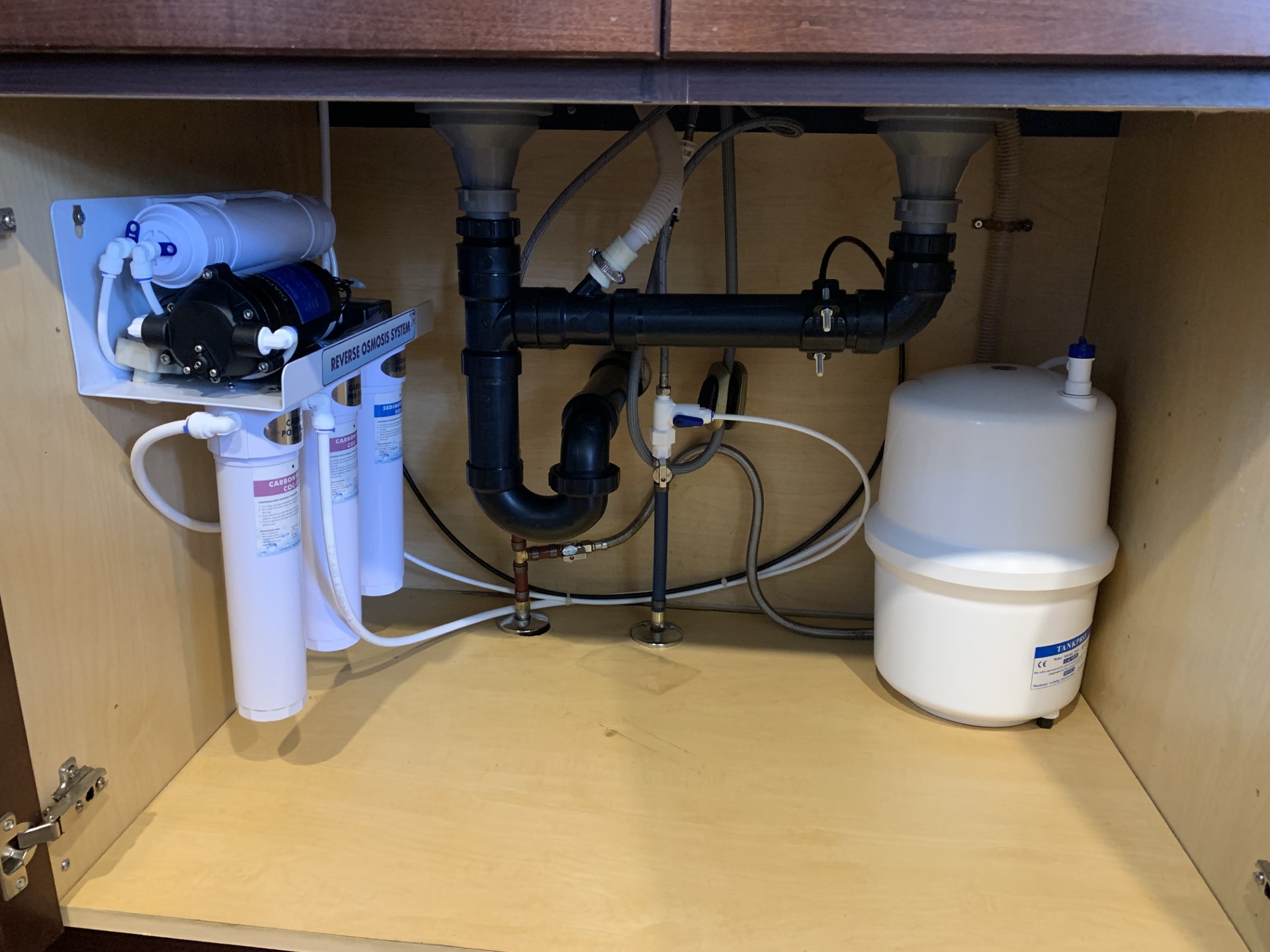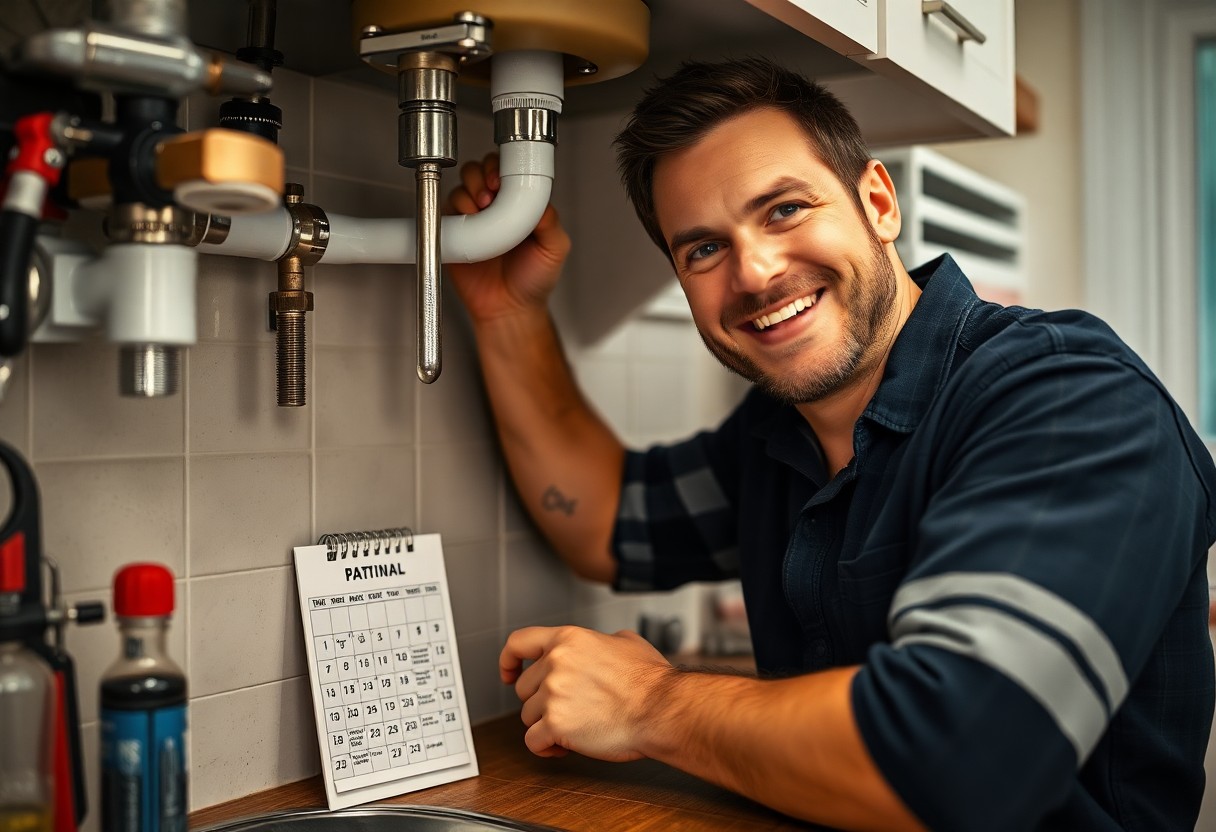Just like any vital system in your Greely home, your plumbing requires keen attention to function properly. Being able to recognize the subtle signs of plumbing distress can save you from significant headaches and costly repairs down the line. In this post, you will learn how to spot the early indicators of plumbing issues, empowering you to take proactive measures to ensure the longevity and efficiency of your home’s plumbing system. Stay informed to keep your household running smoothly.
Common Signs of Plumbing Distress
The plumbing system in your home is necessary for daily comfort and functionality. It’s important for you to keep an eye out for common signs of distress that can indicate underlying issues. Being proactive can save you from expensive repairs and extensive damage down the line. By familiarizing yourself with these signs, you can take the necessary steps to address any plumbing problems before they escalate.
Visible Water Damage
Above your ceilings and walls, look for any discoloration or stains that could indicate leaks. Water damage can manifest as bubbling paint, warped wood, or mold growth. These signs may seem minor at first, but they can point to serious plumbing issues lurking behind your walls. Regularly checking these areas can help you catch problems early, protecting your home from further damage.
Unusual Water Bills
With every monthly bill, a surprising spike could signal a plumbing problem, even if you haven’t changed your water usage habits. Unexplained increases may mean you have leaks or inefficient appliances that are working harder than they should. You should monitor your water bills closely to detect any irregularities, allowing for timely repairs and avoiding costly expenses.
For instance, if you notice a bill that is noticeably higher than your average, it’s worth investigating further. Check for signs of leaks in areas such as faucets, toilets, and under sinks. Even minor leaks can add up quickly, resulting in unexpected charges. You may also want to consider additional factors, such as running appliances more frequently or changes in your household that could contribute to increased usage. Understanding your water consumption patterns will help you take informed action to reduce those unwelcome surprises on your bills.
Subtle Indicators of Plumbing Issues
You may not always notice the early signs of plumbing distress in your home, but being vigilant can save you from costly repairs down the line. Subtle indicators, such as changes in water pressure or unusual noises from your pipes, can hint at underlying problems that need attention. By staying aware of these signs, you can address plumbing issues before they escalate into more serious concerns.
Changes in Water Pressure
Across Greely homes, fluctuations in water pressure can signal plumbing problems that warrant investigation. If you find that your water pressure is frequently low or inconsistent, it may be due to broken pipes, blockages, or leaks in your plumbing system. Keeping an eye on your water pressure can help you identify these issues early, allowing for timely repairs and protecting your home from potential water damage.
Strange Noises from Pipes
One of the more noticeable signs of plumbing distress is the emergence of strange noises coming from your pipes. These sounds could range from hammering and gurgling to hissing and whining. Such noises often indicate an issue within your plumbing system, whether it’s air trapped in the pipes or a more severe issue like a failing water heater. Paying attention to these auditory cues can provide valuable insight into your plumbing health.
Another factor to consider is that these strange noises might not just be annoying; they can indicate a serious malfunction that needs immediate attention. For instance, persistent gurgling noises could signal a potential clog in your drainage system, while a banging noise, known as “water hammer,” often points to high pressure or improperly secured pipes. By recognizing and addressing these sounds early on, you can help prevent more extensive damage and costly repairs in the future.

Kitchen and Bathroom Plumbing Distress
Now, monitoring your kitchen and bathroom plumbing can prevent unexpected issues. You may notice subtle signs of distress, such as slow-draining sinks and bathtubs or mold growth around fixtures, which could indicate underlying plumbing problems. Being proactive can save you from costly repairs and ensure your home’s plumbing system runs smoothly.
Slow Draining Sinks and Bathtubs
Beside the annoyance of waiting for water to drain, slow-draining sinks and bathtubs can signal a buildup of debris or a deeper blockage within your plumbing. It’s critical to address this issue promptly, as ignoring it may lead to more severe plumbing problems in the future.
Mold Growth Around Fixtures
Draining issues often lead to excess moisture around your fixtures, creating an ideal environment for mold growth. This not only affects the aesthetics of your home but can also pose health risks to you and your family. Regularly check areas around faucets and drains for any signs of mold, and if you find any, don’t hesitate to take action.
A persistent presence of mold around fixtures suggests a more significant moisture problem that could stem from leaks in your plumbing system. Even a small leak can allow moisture to accumulate, fostering mold growth that can spread quickly if not addressed. By being diligent about inspecting these areas and fixing leaks promptly, you can maintain a healthy home environment and prolong the lifespan of your plumbing system.
Outdoor Plumbing Troubles
All homeowners should be vigilant about outdoor plumbing issues, as these can lead to significant property damage if left unchecked. This includes monitoring your irrigation systems, outdoor faucets, and drainage systems for any signs of leaks or inefficiencies. Even minor issues can escalate quickly, causing not only water loss but also potential damage to your home’s foundation and landscaping. Staying proactive can save you both time and costly repairs in the long run.
Unexplained Pooling Water
For any unexplained pooling water in your yard, it may be a sign of a hidden leak or drainage problem. This could indicate that your hoses, irrigation systems, or even main sewer lines are failing. Ignoring this issue can lead to more extensive water damage and landscape deterioration, so be sure to investigate any sudden changes in water accumulation outside.
Cracked or Settling Foundation
Beside visible cracks in your foundation, signs of settling may indicate serious plumbing issues beneath your home. If you notice structural changes like leaning walls or uneven floors, these could stem from problems with your outdoor plumbing, especially regarding drainage and sewage systems. Identifying these signs early can prevent more significant damages and save you from costly repairs down the road.
Also, a cracked or settling foundation can compromise the structural integrity of your home. You might see not only cracks but also doors and windows that stick or don’t close properly due to shifting. If outdoor plumbing issues have caused erosion or poor drainage near your foundation, it’s necessary to address these problems promptly. Consulting with a professional can help you assess the situation and implement necessary repairs to protect your investment.
Importance of Regular Plumbing Inspections
Keep your home safe and your plumbing systems functioning efficiently by prioritizing regular plumbing inspections. These proactive evaluations can help detect hidden issues before they escalate into costly repairs or extensive damage, ensuring that you maintain a healthy environment for you and your family. By making inspections part of your home maintenance routine, you can save time and money, while extending the lifespan of your plumbing systems.
Benefits of Preventative Maintenance
Above all, preventative maintenance can significantly reduce emergency plumbing calls and unexpected costs. By addressing minor issues early on, you can enhance the performance and longevity of your plumbing system, ultimately providing peace of mind. Regular maintenance also ensures that your home’s plumbing remains compliant with local regulations, which can be particularly beneficial if you’re considering selling your property down the line.
When to Schedule an Inspection
To maintain your plumbing system’s efficiency, schedule inspections every 1-2 years. However, don’t wait too long if you notice subtle signs of distress such as leaks, water discoloration, or slow drains. Establish your inspection schedule based on your home’s specific needs, age, and the quality of your plumbing fixtures.
Consequently, keeping timelines flexible based on any changes within your home is important. If you’ve recently renovated, moved into a new property, or experienced any plumbing-related issues, it’s wise to arrange for an inspection sooner rather than later. Additionally, seasonal changes can greatly impact plumbing systems, so consider scheduling inspections before winter or after heavy rainfall to prevent potential issues. By staying proactive, you can ensure your plumbing remains in optimal condition year-round.
DIY Troubleshooting Tips
For effective DIY plumbing troubleshooting, it’s important to be vigilant and aware of potential issues. Here are some quick tips to help you assess your plumbing situation:
- Check for drips or leaks under sinks and around pipes.
- Monitor your water bill for unexpected increases.
- Look for discoloration or stains on walls or ceilings.
- Test water pressure at various fixtures.
- Listen for unusual noises from pipes or water heaters.
Recognizing these signs early can save you time and money.
Quick Fixes for Minor Issues
Among the most common plumbing problems, slow drains and minor leaks can often be resolved with simple solutions. You can use a plunger for clogs, tighten loose fittings to stop leaks, or clear debris from drains with a homemade baking soda and vinegar solution. These remedies can provide immediate relief and prevent further damage.
When to Call a Professional
On the other hand, some plumbing issues require expert attention. If you notice persistent leaks, significant changes in water pressure, or repeated blockages, it’s time to seek professional help. Attempting to fix complex problems without the right knowledge can lead to costly repairs down the line.
Tips for effective plumbing management include knowing when a situation exceeds your ability to address it. If you have tried basic fixes without success, or if the problem escalates quickly, contacting a licensed plumber can ensure the issue is diagnosed correctly and resolved efficiently. This way, you safeguard your home’s plumbing system and prevent future headaches.
Summing up
On the whole, identifying the subtle signs of plumbing distress in your Greely home can save you from extensive damage and costly repairs. By staying vigilant for indicators like unusual water stains, changes in water pressure, or unexpected sounds from your pipes, you can take proactive measures to prevent serious issues. Regular inspections and maintenance can further enhance the longevity of your plumbing system. Make it a habit to assess your plumbing conditions routinely, ensuring your home remains safe and functional.


